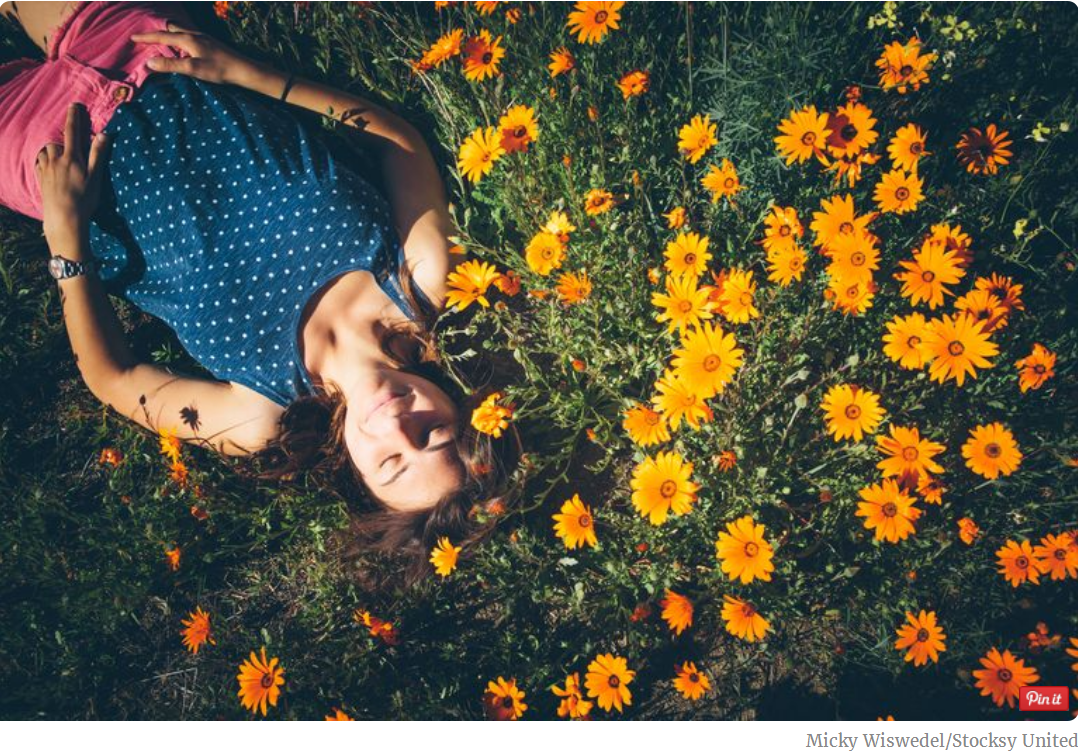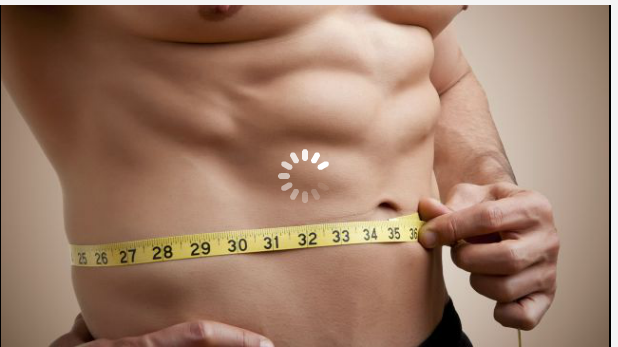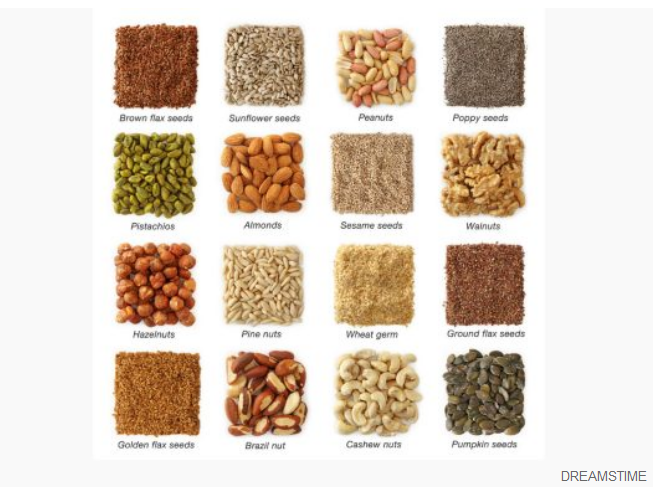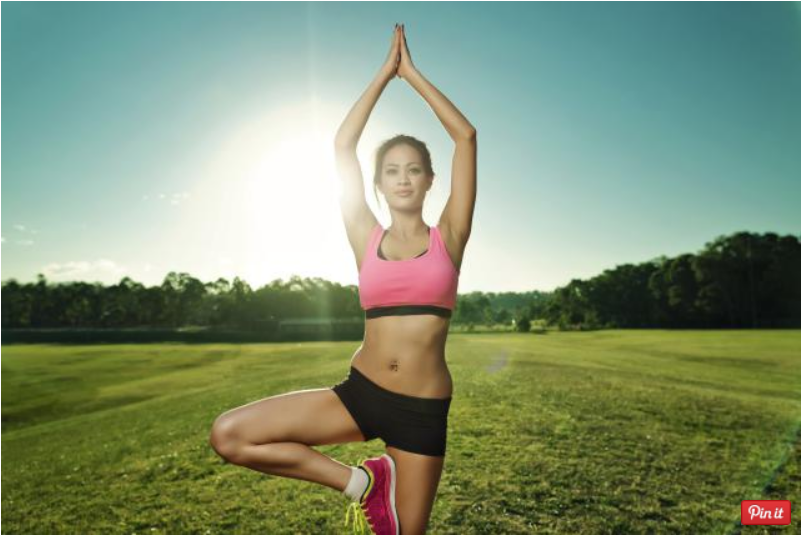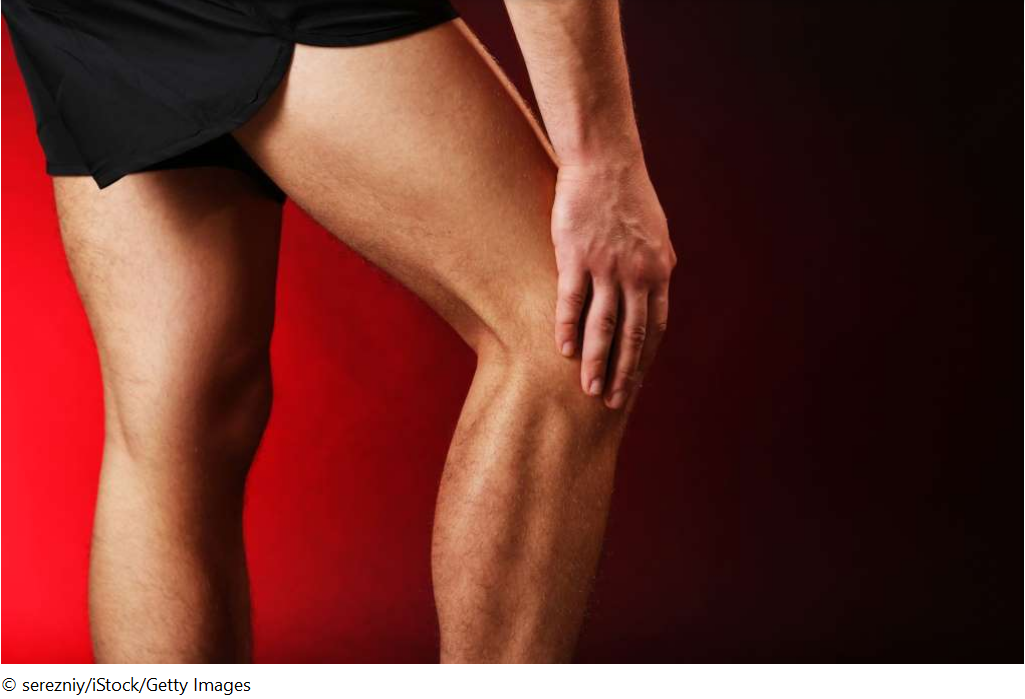Balance is divided into two types: static and dynamic. Static balance is the ability to maintain the body’s center of mass within its base of support. Dynamic is the ability to move outside of the body’s base of support, while maintaining posture control. Both are important, and both can be improved with exercises that focus on balance. The Mayo Clinic includes balance training as one of its five elements to a well-rounded fitness routine. There are many reasons having good balance is important.
For The Athlete
Proprioceptive training is used with athletes all the time both to rehab from and to prevent injuries. Simply put, proprioception is a sense of joint position. By practicing balance exercises, the athlete gains a sense of control and awareness of his or her joints and how they function when the body is in motion. Think about ankles. Ankle injuries are common in athletes due to all the twisting, turning, stopping and starting. Even the strongest ankle can be injured if the athlete hasn’t trained the neuromuscular system to react properly under specific surfaces.
For The Senior
When a child falls he or she gets right back up and keeps moving. But when an older adult falls the consequences can be severe and even deadly. Each year, thousands of older Americans die due to falls and broken hips. At the very least many will experience a loss of independence due to a fall. Just as the athletes can train their bodies, seniors can use exercise programs and moves that focus on balance to reduce and prevent falls. Harvard Health reports that exercise programs reduce falls that cause injuries by 37%, falls leading to serious injuries by 43%, and broken bones by 61%.
For The Average Person:
Let’s make this clear: balance training is for everyone. The list of benefits is long, but here are just a few:
- Teaches your body to use the core for stabilization
- Improves neuromuscular coordination by getting the brain to talk to the muscles
- Burns more calories. Adding balance to any exercise makes the body work harder.
- Creates muscular balance in the body
With all of that in mind, you can start incorporating simple balance training into your life today. A few ways to do this at home include:
- Standing on one foot while you brush your teeth. Change feet half way through.
- If you drop your keys or wallet, reach over to pick them up on one leg with the other leg lifting straight into the air behind you. Keep abs tight!
- Sit on a stability ball at work, school, or while watching TV.
In terms of good exercises for balance training, one of the best tools to own is a BOSU (“Both Sides Up”). A Bosu is basically a half ball with a flat platform. If you don’t have access to a Bosu, you can easily modify by folding a mat in half and standing on it or rolling up a towel. Any kind of unstable surface will suffice. And if your balance is struggling, don’t use any extra equipment. Just practice these on the floor.

Standing Tree Pose
This pose is great on the floor, a folded mat or the Bosu. It will strengthen your ankles, improve your balance and engage your core.
- Stand with feet together, spine tall and arms outstretched. If you are on the Bosu, either the ball side or the flat side will be a good challenge. Try them both.
- Slowly lift your left foot up to the side of your calf and balance on the right foot only.
- Slowly lift arms overhead to make the branches of the tree. Hold 30 seconds and switch legs.
Single Leg Deadlift
With or without dumbbells, this pose not only strengthens your hamstrings and glutes but it challenges your balance and forces you to pull your abs in tightly!
- Stand on either the ball side of the Bosu or on the floor (as pictured) with feet close together putting most of your weight onto your right foot.
- Stare at a focal point on the floor in front of you and slowly lower your straight, long spine downward while you reach hands toward the floor.
- Stop when your back is parallel to the floor. Keep your right knee soft.
- Squeeze hamstrings, glutes and abs as you slowly raise back up and return back foot to the floor. Switch sides. Try for 8 each side.
Read the full post in about health


